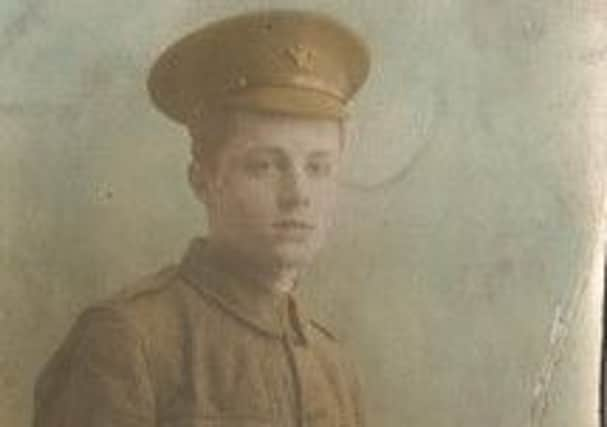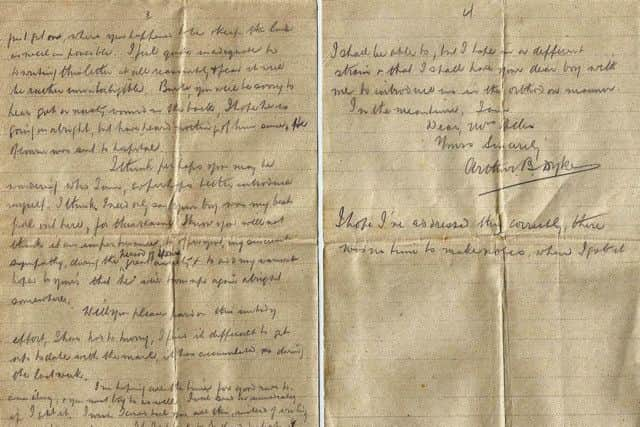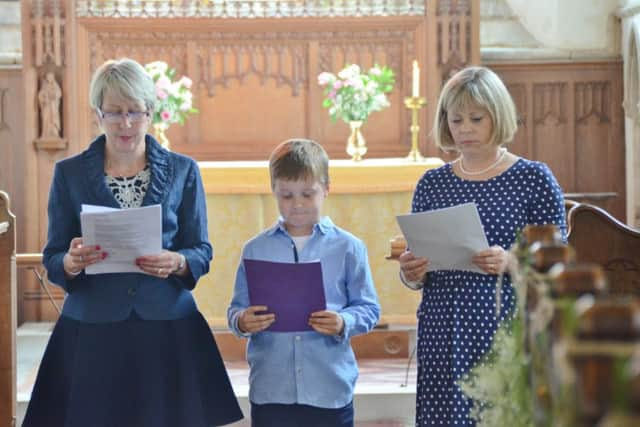Soldier's tragic tale retold through letters


Villagers in Etton re-enacted the story told by John George Ellis - known as George - through the letters at a service of remembrance on Saturday at St Stephen’s Church in the village where he grew up.
The service took place exactly 100 years after Private Ellis was killed in a battle at Vimy Ridge in France aged 19.
Advertisement
Hide AdAdvertisement
Hide AdVillagers in Etton took on the roles of various people in the letters, including his family and friends for the service - with residents who live in the house where the Ellis family once lived playing central roles.


George’s name is now honoured on the village’s war memorial. The service also saw other servicemen who died in battle during the two world wars honoured.
Church warden Anne Curdew, who helped organise the event said: “We were sent the letters by a member of George’s family.
“Reading the letters was incredibly moving. It has been especially moving in the last few days, knowing it is 100 years since he died.
“We hope this is a way of honouring him.”
Advertisement
Hide AdAdvertisement
Hide Ad

The letters were also used in research for the Imperial War Museum.
At the age of just 19, George had left his Etton home and in September 1915, just a month before he joined up, was living in Westbourne Park, London with his older brother James, studying for his Customs and excise exams.
He left for France in March 1916, writing regularly back home telling of his surroundings and activities, and asking for news about family.
Other letters included asking what his family thought of the proposed introduction of daylight savings time.
Advertisement
Hide AdAdvertisement
Hide Ad

But on May 17, he wrote: “Please note above address. Am now with Battalion in the trenches but am perfectly alright. Best Love, George”
Five days later he was reported as missing in action as he fought in a battle at Vimy Ridge.
His good friend Arthur Dyke who had been alongside him when he was killed, wrote a moving letter to George’s mother on May 26th.
He wrote: “ I had hoped so much we should be able to stick together right through, but the shells were so big and numerous, it was difficult to keep a line at all and absolutely impossible to choose your footings.
Advertisement
Hide AdAdvertisement
Hide Ad

“I feel quite inadequate to be writing this letter at all reasonably and fear it will be unintelligible.”
On June 6 it was confirmed George had died in battle.
A letter to his family said his remains were buried ‘out in front’ as it was ‘impossible to bring the body in’ because of the proximity of the German trenches.